blog
Interview with photographer Leasha Overturf
F-Stop Magazine: How did you first become involved in photography and what led to you working in this medium as an artist?
Leasha Overturf: As a young girl I was always intrigued with my mom’s camera. Of course she was hard pressed to let me ever use it. I was also in love with National Geographic as well as looking at all photos in any magazine. I grew up in the middle of nowhere in Southern Illinois in a town named Bluford. My high school class was only 40 students big. Interestingly enough, at this tiny high school there was a photo class offered. I never could fit the class in my schedule as I was on a fast track of trying to take academic classes that would help me get a scholarship and get the heck out of small town America. But, I would continually talk to the photo teacher and a couple of my older friends always let me use their borrowed school cameras when they were in that class. The teacher (Mr. Adams) recognized I had a passion for the camera and started teaching me about photography on my lunch hour. Soon I became the little school’s “school photographer”. I initially wanted to go far away to college, maybe even RIT. But, my budget did not allow for that. Luckily the same awesome photo teacher turned me on to the fact that Southern Illinois University had an awesome photo program and it was only 1.5 hours away and I could afford it.
I loved photography and could not imagine working in another medium though I also fantasized about being a great painter. In the end, the camera gave me the self-confidence I lacked as I could disappear behind it and step outside of my world view from the perspective of a 35mm lens.
F-Stop: The current “Black and White” issue of F-Stop includes four of your portraits of young people. What draws you to photographing youth in particular?
LO: Without sounding too dramatic, the dynamics of my household as a child basically forced me to grow up real fast. I somehow skipped the easy going, hang out, take life in, child like times that most kids got. So, the older I got the more intrigued I was with youth. And, I feel the biggest reason is due to my lack of childhood. I consider most of my portraits of kids as self-portraits. Either they are kids that look like how I felt as a kid or they are kids that are often off and alone and probably should not be. Or, they are even kids I wished I could have been – the ones with giggles, smiles, fashions and seemingly having it all.
F-Stop : I love the way you capture young people in your portraits. There is an energy in the photographs that I really enjoy. I particularly am interested in the images of faces up close with another person or person’s behind or to the sides. It adds such an interesting layer of meaning to the photograph. For example, in Twin Lakes, WI #24 or Primary #8 the girls in the background tell the viewer something about the girl in the foreground, they put her in a context of being surrounded by friends or backed up by her girlfriends etc. where if they were in focus they would be subjects as well and the picture would be about something else. I also am intrigued by the effect this has in Primary #7, where the girl in the background is less in view, in a dark shadow and looks deep in thought.
Can you talk about this approach to portrait making and your process for working with your subjects?
LO: I very much like to isolate a subject’s face and get as close as I possibly can. But I also like to hint at the idea of “relationship”. Whether it’s the relationship of the people in the frame or the essence of others in the background creating a further relationship and mystery with the viewer of the image. I like things clean and often I’m out on the streets or at a county fair where things are really messy and distracting. I can use low depth of field to partially get rid of the background, but I also love to use groups of friends in the background as out of focus elements to get rid of a messy environment. For me, the closeness and sharp feel of one person in the frame with the others falling out of focus or out of the light just adds another mood and sense of mystery. I want it to keep the viewer compelled to look at the image longer and I want the image to go beyond a document. I always say a successful photograph makes the viewer think about the photographer as much as the subject in the image. I want my personal story and my point of view to shine through as well as the collaboration of the subject sharing themselves and their emotions in front of my camera.
When I see a kid or group of kids that spark my eye, I will often watch them from a distance for a little bit. Or, I’ll walk by them so they see me with my camera. It’s on the second pass that I go up and introduce myself and ask to their portrait. If I approach a group I may photograph them as a group and then I will start identifying more closely with only one or two in the group and that is when I shift to focus on one and throw the rest out of focus. I’m generally approaching complete strangers so it’s a bit tricky at times, particularly because they are kids. Once I get to know someone, I may photograph them off and on many times over the summer or over a few years as I’m equally intrigued with their process of growing up and changing. I love showing the passing of time as well as to visually explore their physical changes.
F-Stop: Do you have a favorite portrait from your portfolios?
LO: The answer to this question is really tough. And, I have to say sometimes it changes depending on the day and my mood.
F-Stop: If so, which one and why is it the image that speaks to you most?
LO: I’m not sure that it is my all time favorite but the image of the 3 African American boys (County Fair #19) was a pivotal image for me in the sense that it was the image and day that I discovered my point of view with regard to depth of view and using other friends in the frame out of focus to start telling a little bit more of a story. The girl I call Cassie (w/ the cigarette in County Fair #1) is also an all time favorite as it was a further break into being in such a messy environment, but totally engaging with this girl and isolating her in the space. And, she reminds me of what I imagined my mom to be like as a kid.
F-Stop: What do you hope people see or feel or perhaps learn when they look at your photographs?
LO: I want people to first feel a bit of emotion when they look at my images. I don’t want them to feel complacent and just move on quickly. I want them to stay with it and engage with the image and wonder about the photographer that took it. I want my work to feel honest and connected. Sometimes as of late I might be a bit sarcastic with how I place a few things in the frame but in the end, for me it’s about strength, honesty and connection.
F-Stop: What are you working on now?
LO: I’ve been working on a project called Fight Night where I’ve been documenting MMA fighting as well as doing portraits of the fighters. It stems from a longer term portrait and reportage project of a young man named Zach Wood who grew up one town over from where I grew up. He is the MMA fighter that got me into going to a few fights and meeting others. All in all, the portraits and scenes of Zach and the fighting all intertwine small town america and harken to things in my own youth.
I’m also continually doing self-portraits as well as assigning myself little projects to keep my brain flowing photographically when I get too busy with my day job as a producer for a well known commercial photographer. We travel a lot and it’s easy for me to forget to do some photos for myself. Last year I assigned myself the project of doing a daily portrait. A year has passed since I started it. In the end I did not always make a portrait everyday, but went a good 3 months before I fell off a bit. I’ve not counted as I’m way behind on my processing and posting but I’m fairly certain in the the 365 day period I probably did about 300 portraits. Some were more successful than others but it kept me engaged and will further my website when I finally get it updated and switched out.
F-Stop: What photographers or other artists inspire you?
LO: In college I was completely into Danny Lyon, Larry Clark, Diane Arbus, Richard Avedon and Irving Penn. They continue to be my favorites. In the end there are way too many great photographers to name. My longtime personal mentor is Paul Elledge which happens to be the man I have worked for for 22 years. His portraits are full of integrity and though he does assignments from big ad campaigns to small editorial shoots as well as his own art projects, the people are real in his portraits and they are not glitzy. He helped me to think about my work in a different way as well as pushed me technically which eventually lead to the low depth of field style I like to shoot in. As far as other artists…I’m a big fan of the portraits of Picasso and the emotion in all of Francis Bacon’s work. Again, the list could go on for days.
For more of Leasha Overturf’s work: www.leasha.com
Location: Online Type: Interview
One response to “Interview with photographer Leasha Overturf”
Leave a Reply
Events by Location
Post Categories
Tags
- Abstract
- Alternative process
- Architecture
- Artist Talk
- Biennial
- Black and White
- Book Fair
- Car culture
- charity
- Childhood
- Children
- Cities
- Collaboration
- Cyanotype
- Documentary
- environment
- Event
- Exhibition
- Family
- Fashion
- Festival
- Film Review
- Food
- Friendship
- FStop20th
- Gun Culture
- Italy
- journal
- Landscapes
- Lecture
- love
- Masculinity
- Mental Health
- Museums
- Music
- Nature
- Night
- photomontage
- Podcast
- Portraits
- Prairies
- River
- Still Life
- Street Photography
- Tourism
- UFO
- Wales
- Water
- Zine

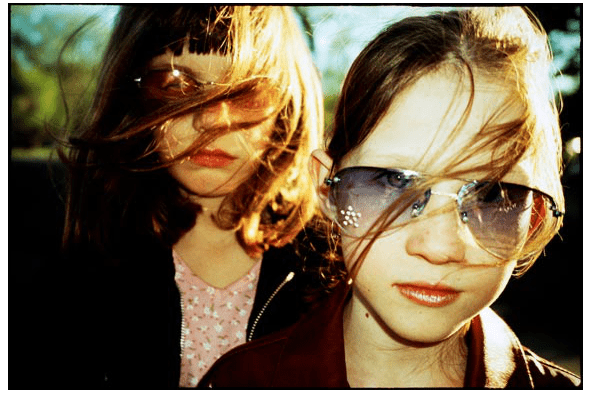
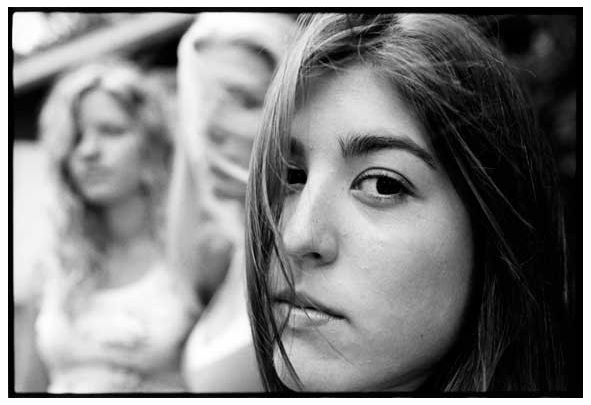
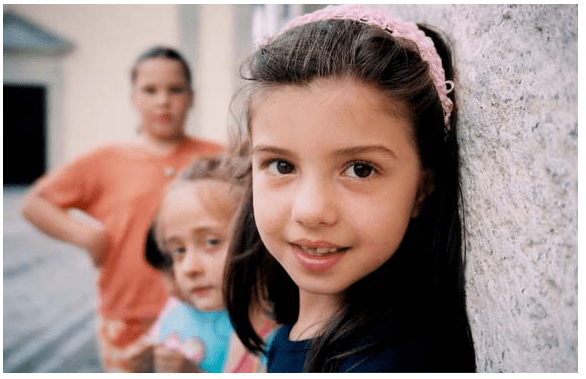

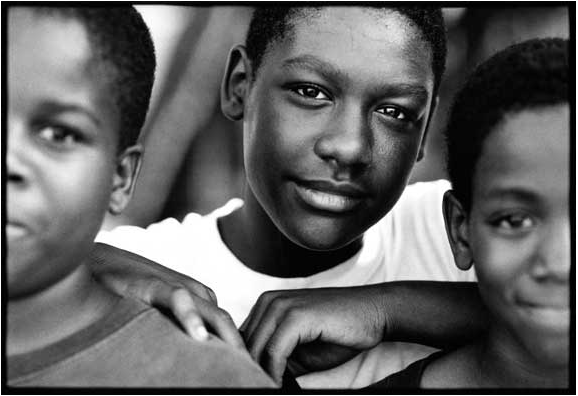
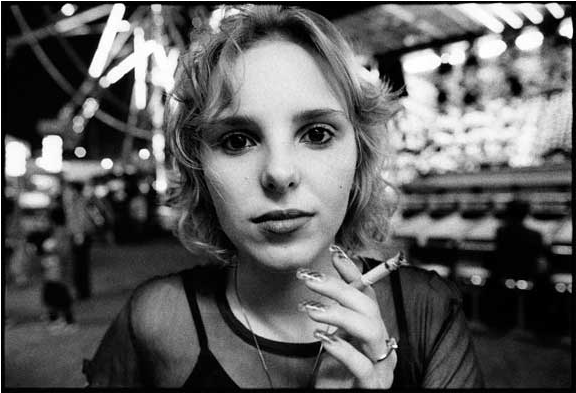
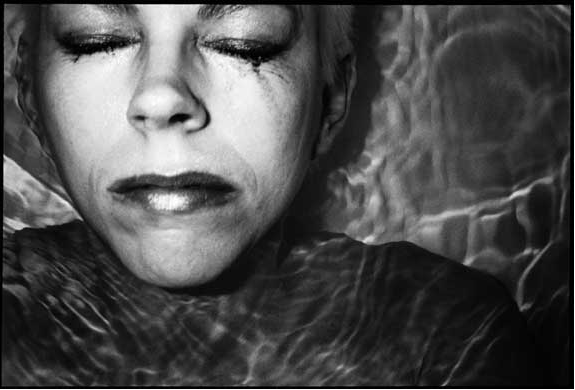
Excellent article. I couldn’t stop reading and I find myself longing to learn more about this photographer and photography in general. Thank you, Leasha, for sharing.